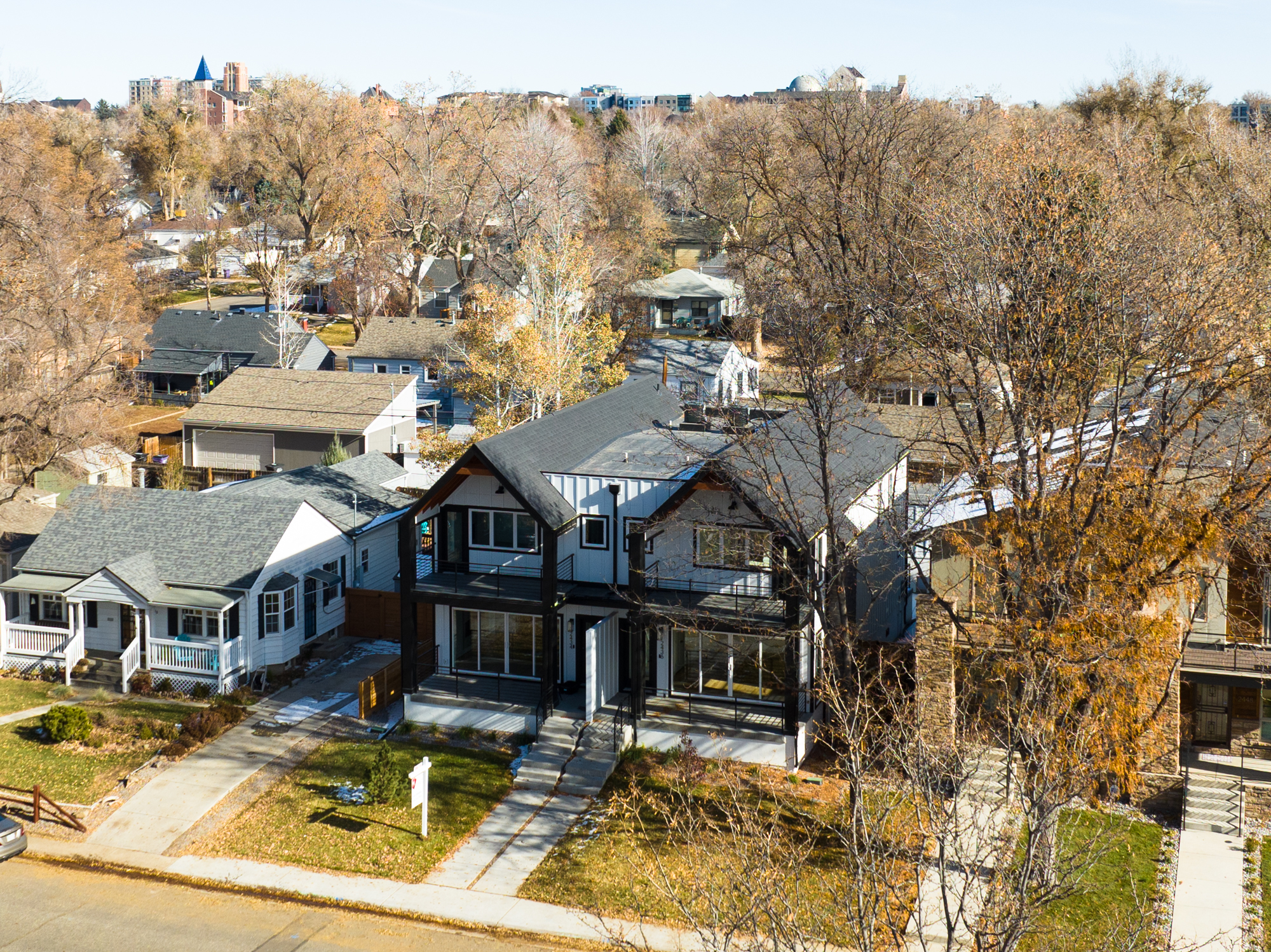August 20, 2024
Denver, Colorado, a city known for its beautiful landscapes, vibrant culture, and booming real estate market, has recently made a groundbreaking move in its zoning regulations. The city has taken a significant step forward by allowing accessory dwelling units (ADUs) on all properties, a move that is set to reshape the housing landscape in Denver. This progressive decision not only reflects a commitment to addressing the housing crisis but also opens up a world of possibilities for homeowners, renters, and the community at large.
What are Accessory Dwelling Units (ADUs)?
For those unfamiliar with the concept, ADUs are secondary housing units located on the same property as a primary residence. These units, also known as granny flats, in-law suites, or backyard cottages, provide additional living space separate from the primary residence. ADUs can be attached to the main house, located above a garage, or stand-alone structures on the property.
The Zoning Changes in Denver: A Game-Changer
Historically, zoning regulations in Denver restricted the construction of ADUs to certain areas and property types. However, with the recent zoning changes, ADUs are now permitted on all properties within the city limits. This bold move has opened up a world of opportunities for homeowners and renters alike.
Benefits of Allowing ADUs on All Properties
1. Affordable Housing Options: One of the most significant benefits of allowing ADUs on all properties is the increase in affordable housing options. ADUs provide an opportunity for homeowners to generate rental income, while renters can access more affordable housing options in desirable neighborhoods.
2. Increased Density and Efficient Land Use: Allowing ADUs can help increase housing density in established neighborhoods without the need for large-scale developments. This promotes efficient land use and sustainable growth, all while preserving the character of existing neighborhoods.
3. Multigenerational Living: ADUs offer a solution for multigenerational living arrangements, allowing families to live together while maintaining privacy and independence. This is particularly valuable in a city like Denver, where housing costs and demand have been on the rise.
4. Aging in Place: ADUs provide a viable option for aging residents who wish to stay in their homes but may need additional support or care. These units can be used to accommodate caregivers or family members, enabling elderly residents to age in place comfortably.
5. Flexibility and Adaptability: ADUs offer flexibility for homeowners, allowing them to adapt their living arrangements to changing circumstances. Whether it's hosting guests, accommodating a home office, or generating rental income, ADUs provide homeowners with versatile living options.
Challenges and Considerations
While the decision to allow ADUs on all properties in Denver is a significant step forward, there are challenges and considerations to be mindful of:
1. Infrastructure and Services: The increased density resulting from ADUs may put pressure on existing infrastructure and services such as roads, utilities, and schools. It is essential for city planners to anticipate and address these challenges to ensure sustainable growth.
2. Design and Aesthetics: Maintaining the aesthetic quality of neighborhoods is crucial when implementing ADUs. Design guidelines and regulations can help ensure that ADUs complement existing structures and enhance the character of the neighborhood.
3. Parking and Traffic: ADUs may impact parking availability and traffic flow in residential areas. Cities need to consider parking requirements and transportation options to mitigate potential congestion and ensure the smooth functioning of neighborhoods.
Looking Ahead: Opportunities for Growth
As Denver embarks on this new chapter of inclusive zoning regulations, there are exciting opportunities for growth and innovation. The widespread adoption of ADUs has the potential to transform the city's housing landscape, providing diverse housing options for residents and fostering a sense of community and inclusivity.
